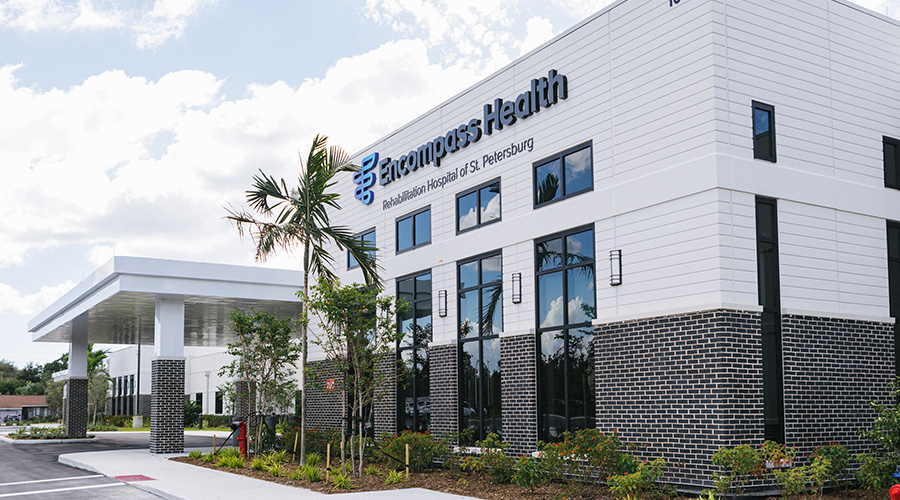In an interview with MedicalResearch.com, Professor Ludwig Kuntz discussed a study that shows the safety tipping point for hospitals occurs when they reach occupancy levels of around 92 percent.
"Our research demonstrates conclusively that far from maximizing efficiency, exceeding a capacity 'tipping point' on a hospital ward can have dire consequences. This has major implications for the way we think about capacity and stress in the workplace," Kuntz said in the article.
According to the article, if the tipping point is reached frequently, the hospital will experience a sustained quality problem.
If the tipping point is only exceeded occasionally, the dangerous situation may go unnoticed because it is not statistically detectable in aggregate hospital data, Kuntz said.
"We suggest there is a simple strategy for avoiding the tipping point – making better use of capacity pooling with neighboring hospitals," he said in the article.
Read the article.

 A 'Superbug' Is on the Rise in Hospitals
A 'Superbug' Is on the Rise in Hospitals The Next Generation of Security Tech in Healthcare Facilities
The Next Generation of Security Tech in Healthcare Facilities Encompass Health Rehabilitation Hospital of St. Petersburg Opens
Encompass Health Rehabilitation Hospital of St. Petersburg Opens Why More Facilities are Adding Gender Neutral Restrooms
Why More Facilities are Adding Gender Neutral Restrooms Massachusetts Hospital Cyberattack Reflects Growing Vulnerability in Healthcare Systems
Massachusetts Hospital Cyberattack Reflects Growing Vulnerability in Healthcare Systems